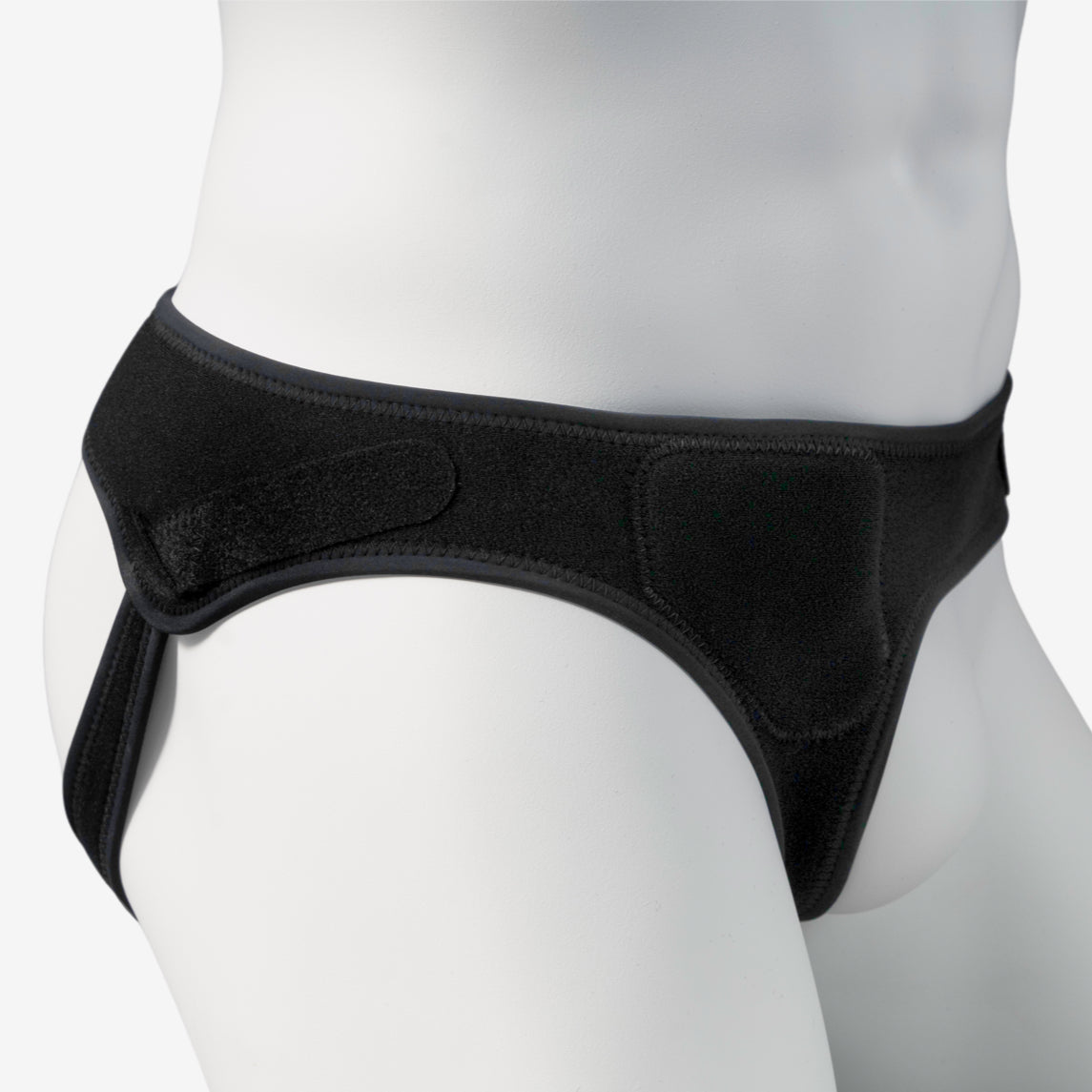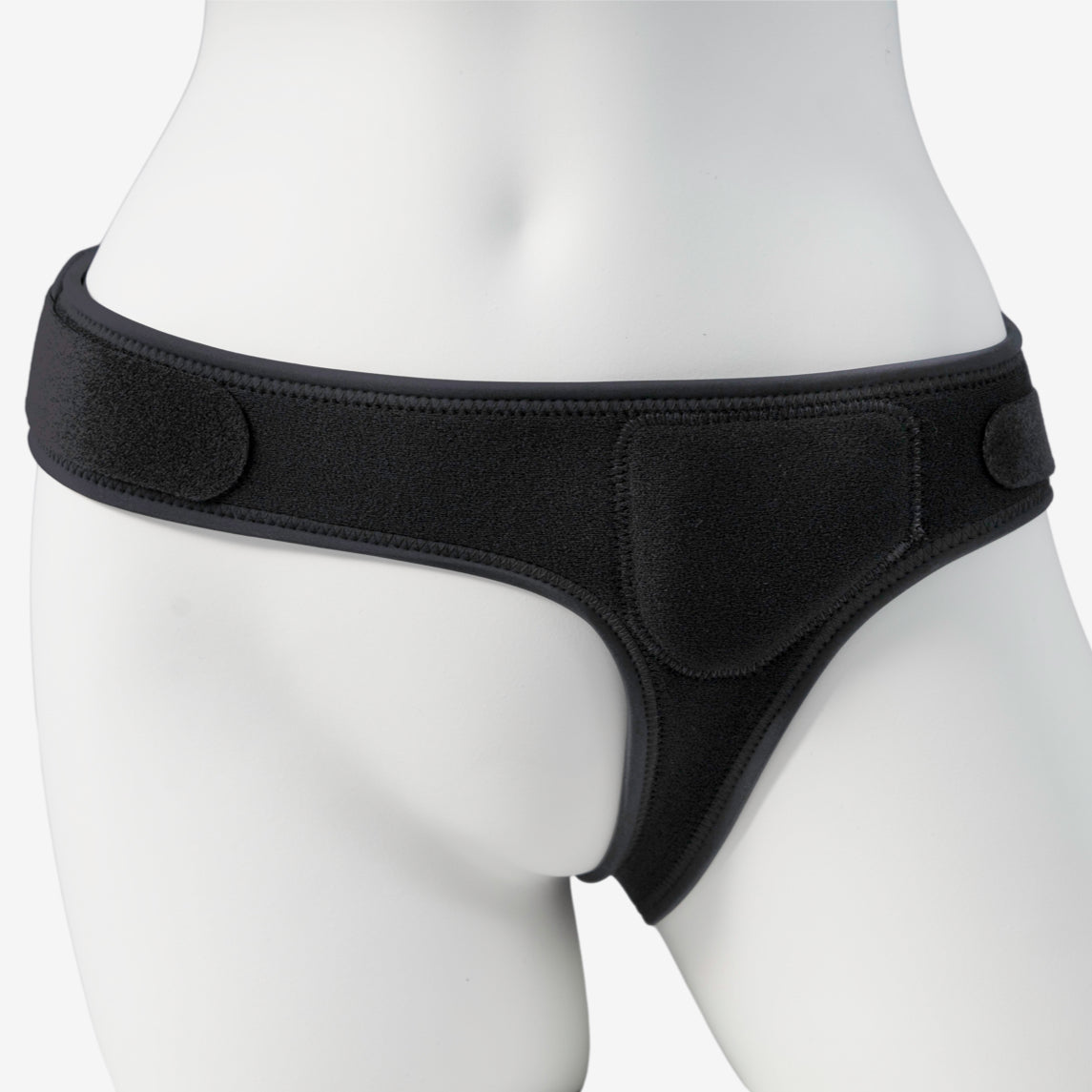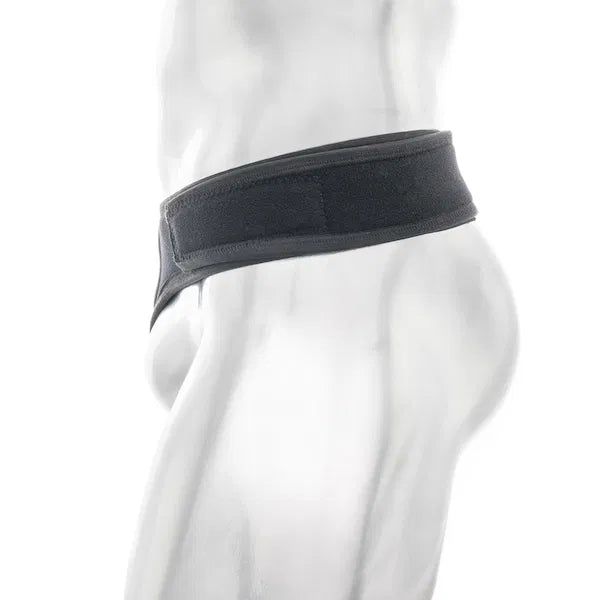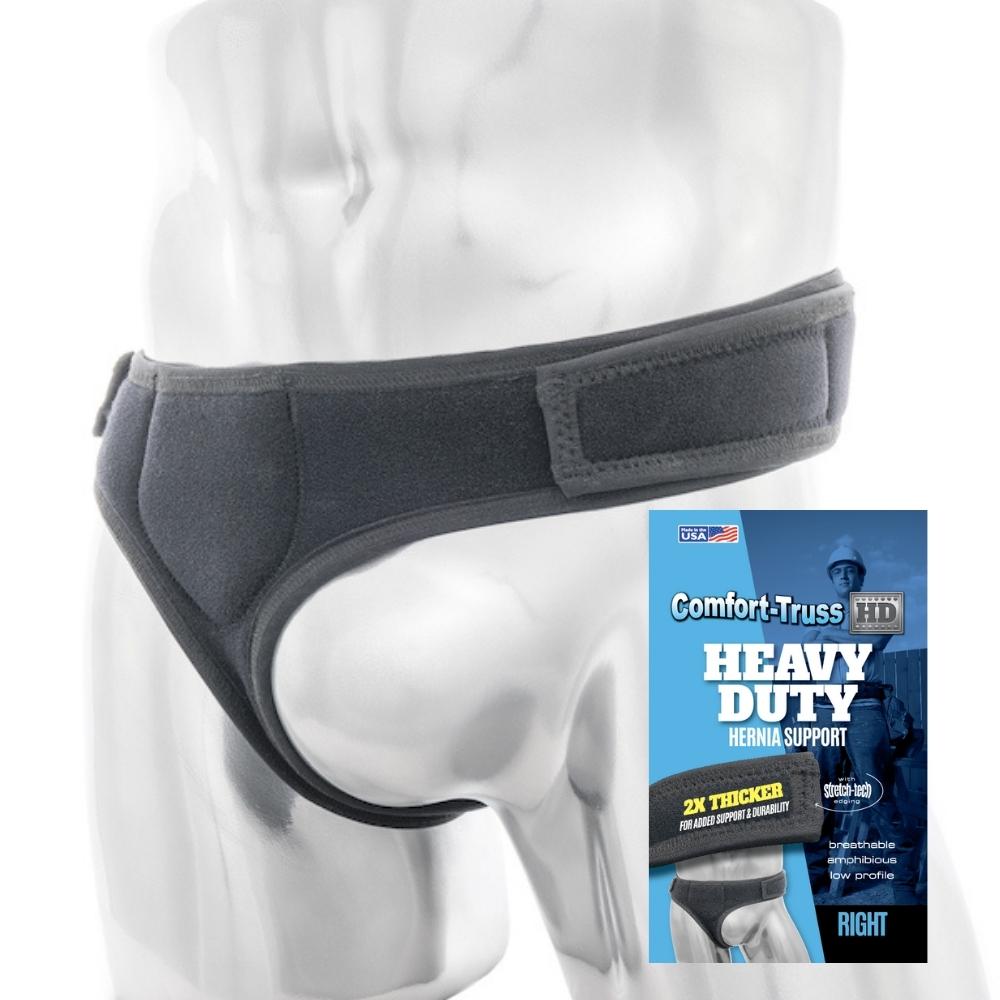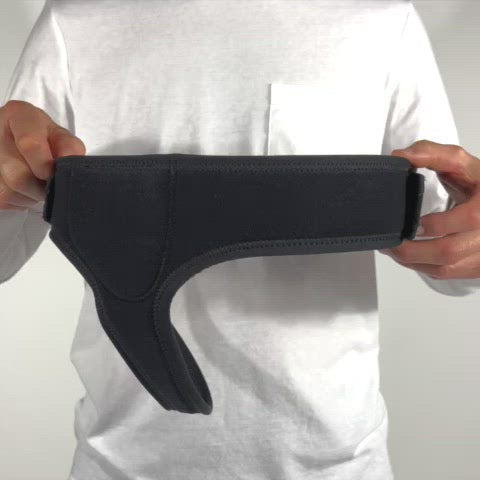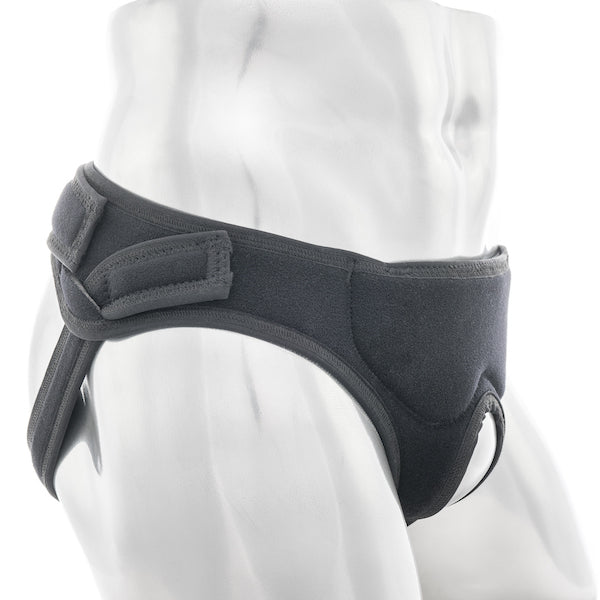What Are My Hernia Pain Relief Options?

Having a hernia can be painful and uncomfortable. While surgery might sometimes be necessary for relieving hernia pain, there are options for natural hernia relief that don’t require the hassle of surgery. So, how can you achieve hernia pain relief and management without surgery? Keep reading to find out.
How Common Are Hernias?
Hernias are extremely common — more than 5 million people have had a hernia in the U.S. alone. While most people think of hernias of the groin, they can affect many other areas of the body
Types of Hernias:
- Inguinal Hernias – The most common hernia type; affects the inner groin.
- Femoral Hernia – Impacts the outer groin.
- Hiatal Hernia – Located in the upper stomach and frequently causes digestive problems.
- Umbilical Hernia – The belly button hernia.
- Incisional Hernia – Results from incisions that don’t heal properly.
Do Hernias Hurt?
Not all hernias hurt. In fact, many people don’t know that they have them. Typically, patients describe it as a mild pain, an ache or a feeling of pressure where the hernia is located. Strenuous exercise and activity that causes straining can make it worse.
What Types of Pain Do Hernias Cause?
Different types of hernias result in distinct types of pain, but the most common complaints are:
- Feeling of fullness
- Burning sensation
- Dull ache or pressure around the bulge
- Aching or burning at the hernia site
- Nausea
- Pain when lifting
If relieving your hernia pain isn’t possible, or you experience severe pain, nausea, fever or vomiting, seek medical attention right away.

How To Relieve Hernia Pain
Hernias do not always need immediate treatment, depending on the size and the patient’s symptoms. Always check with your doctor to make sure that your hernia isn’t serious.
Non-Surgical Hernia Treatments
Are you wondering how to relieve hernia pain without surgery? If your hernia doesn’t cause pain or discomfort, you may be able to avoid surgery for hernia relief. There are multiple techniques for relieving hernia pain naturally.
Apply Ice or Cold Compress
If you have a hernia in your groin or abdomen, you can apply ice, a bag of frozen peas or a cold pack to reduce swelling and discomfort. Apply every hour for no more than 10 to 20 minutes at a time.
Anti-Inflammatories
Taking anti-inflammatory medication such as acetaminophen can reduce swelling and provide hernia pain management. But long-term use of non-steroidal anti-inflammatory drugs (NSAIDs) can cause stomach problems and other issues. Natural anti-inflammatories such as aloe vera, ginger or vegetable juice can provide hernia pain relief with an added nutritional boost.
Digestive issues associated with hiatal hernias can be soothed by taking antacids, drinking aloe vera, eating ginger or ingesting castor seed oil.
Hernia Belts
If your hernia doesn’t present serious health consequences, a hernia belt is an effective option for hernia pain relief. They are most effective for:
- Small asymptomatic inguinal or umbilical hernias
- Hiatal hernias that are not in danger of strangulation
Hernia support belts provide support, keep the hernia in place and help keep you comfortable during daily activities. If you have a bilateral inguinal hernia, a Comfort-Truss double hernia belt provides balanced support for hernia pain management.
Cases When Surgery May Be Needed for Hernia Pain Relief
Surgery may need to be considered for hernia repair if relieving hernia pain is not possible with non-surgical hernia treatments. If tissue becomes trapped in the abdominal wall or a hernia becomes strangulated, seek treatment immediately as serious health issues can occur. Be sure to choose an experienced hernia surgeon for the best results.
Post-Surgery Hernia Relief
Even if you end up needing surgery, a Comfort-Truss hernia belt can provide support during recovery. Check with your physician for guidance as to when you can begin safely wearing a hernia belt for post-surgical hernia pain management.
George Hirst, the founder of Comfort-Truss, was able to manage his hernia without surgery. Using a hernia belt he devised for himself, and by making certain lifestyle changes, he was able to reduce his hernia to the point where he is now asymptomatic. You can learn the techniques George used to deal with his hernia and see how they can help you. The Proactive Approach to Hernia Intervention has everything you need to head down the right path to managing your hernia.






